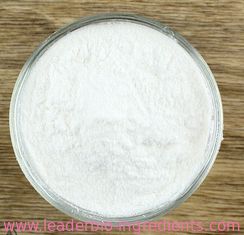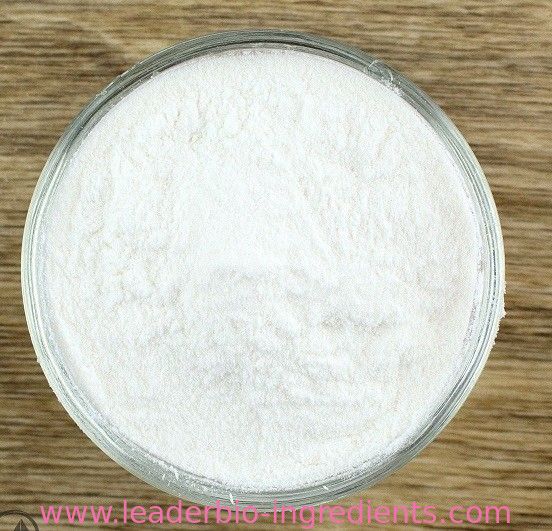| Carrageenan Basic information |
| Uses |
| |
| Carrageenan Chemical Properties |
| solubility |
H2O: 5 mg/mL hot, soluble |
| form |
Solid |
| color |
White to almost white to yellow to brownish |
| Merck |
14,1864 |
| WGK Germany |
2 |
| RTECS |
FI0704000 |
| F |
3 |
| HS Code |
13023990 |
| |
| Carrageenan Usage And Synthesis |
| Uses |
κ-Carrageenan is a sulfated linear polysaccharide of D-galactose and 3,6-anhydro-D-galactose extracted from certain red seaweeds of the Rhodophyceae class. κ-Carrageenan is used in the food industry as thickening, gelling and protein-suspending agents, and by the pharmaceutical industry in pills and tablets. |
| Chemical Properties |
sulfate content 20-36%, forms gels powder |
| Uses |
The carrageenans are sulphate gums found in members of the Rhodophyceae. They consist of mixtures of polysaccharides which are mainly composed of D-galactose units linked 1~3 and 1~4. A high proportion ofthe units are substituted with sulphate half-ester groups. The carrageenans are useful stabilisers in foods. |
| Definition |
A naturally occurringpolysaccharide isolated from redalgae. The polymer is composed of dgalactoseunits, many of which aresulphated. K-carrageenan is a gellingagent with uses similar to those ofagar. |
| |
Carrageenan Preparation Products And Raw materials
|
|
|

